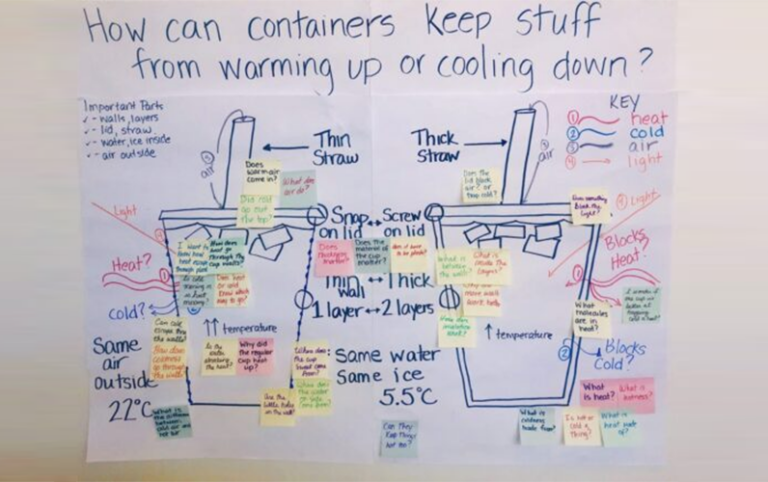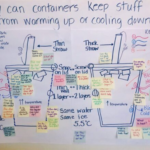Today, the World Health Organization (WHO) celebrates World Health Day by focusing on Beating Diabetes. In 2012, type II diabetes caused 1.5 million deaths worldwide and by 2030, the WHO projects that it will be the 7th leading cause of death around the world. Fortunately, type II diabetes is preventable and can be improved, delayed, and/or eliminated with lifestyle shifts in diet and exercise.
As a teacher, you have the opportunity to positively impact your students’ choices and help them develop healthy lifestyles that will follow them into adulthood. We put together a list of strategies and resources you can implement across subjects to educate your students about diabetes and healthy lifestyle choices:
1. NFL Play 60 for Physical Education Classes
NFL Play 60 is a national campaign to reduce childhood obesity by encouraging kids to be active for 60 minutes a day. This website is an excellent resource that physical education teachers can reference for unique ways to get students moving.
2. Community Garden and STEM
Introduce your students to clean, healthy eating by growing a community garden. Visit this Diabetes Family resource for ideas on how to also engage students in STEM lessons through hands-on, exploratory gardening.
3. Portion Control Math Lesson
Teach students about portion control and daily caloric and nutrient intake and, for an added challenge, have them graph their daily caloric intake versus daily calories expended.
4. Food Plate Art
Ask students to draw food plates representing their breakfast, lunch, and dinner to showcase and encourage the correct daily portions of grains, proteins, fruits, and vegetables. This is a great activity for art and health classes.
5. Healthy Lifestyle Blog for ELA
Ask students to develop a healthy eating or physical activity blog as a way of building literacy skills, honing students’ 21stcentury skills (creativity, critical-thinking, communication, and collaboration), and meeting learning standards in the ELA classroom.
6. Climate/Community Food Connection
Engage students in projects and discussions about climate, sustainable development, and agriculture, and how they impact food choices in different communities. This topic is a perfect way to introduce healthy eating habits in social studies, earth science, and civics classrooms.
For more ideas to develop your students’ healthy lifestyle choices, check out First Lady Michelle Obama’s Let’s Move Campaign. You can also review the National Institutes of Health (NIH) Guide, Helping the Student with Diabetes Succeed: A Guide for School Personnel and the United States Department of Agriculture’s Serving Up My Plate: a Yummy Curriculum.






